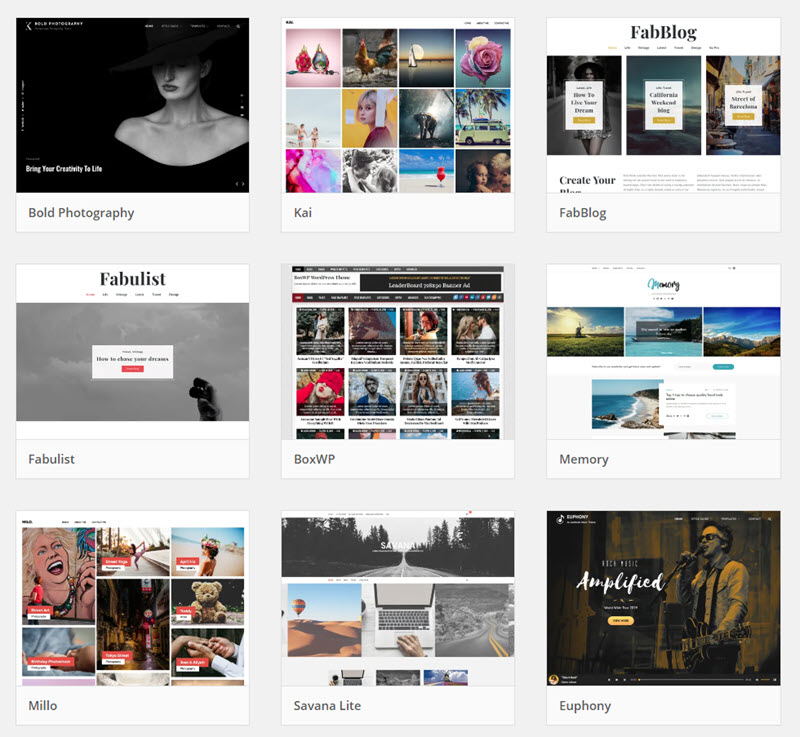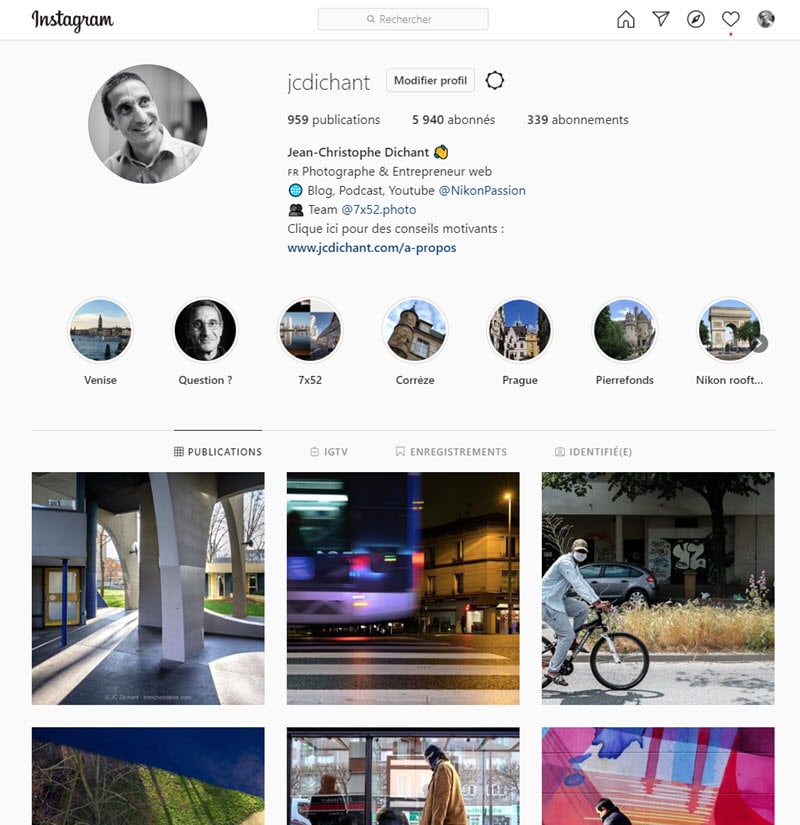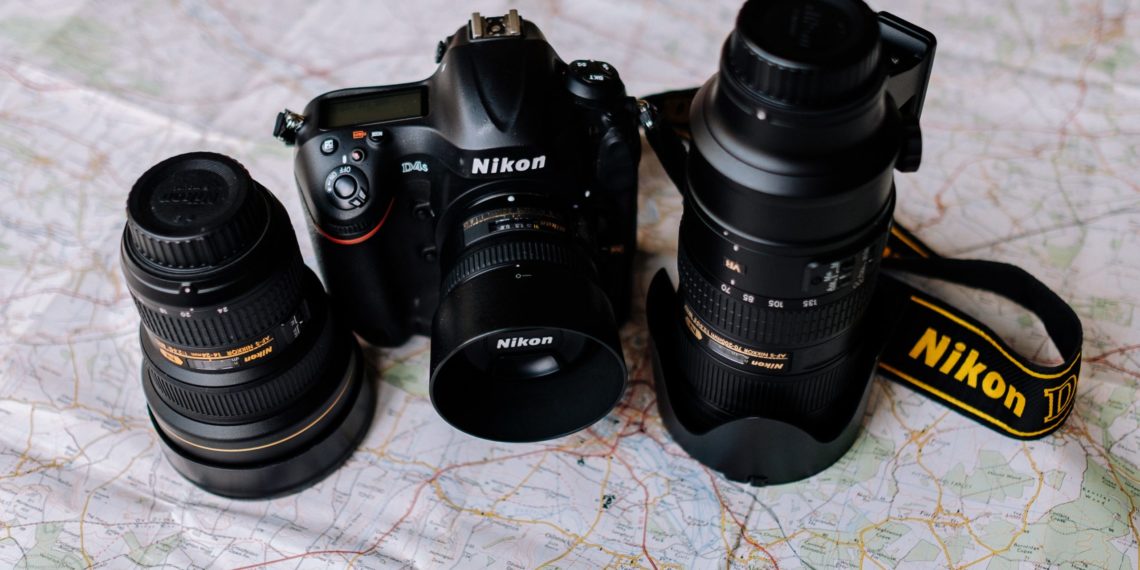Why share your photos on the web. For what purpose? In the first article of this dossier on web publishing, I talked about the needs.
In this second part, I discuss the choice of photo publication services on the web. Some photographers want to publish their photos in public. Others in private, for their loved ones. Still others in public and in private.
There are solutions for each of these needs, here are the main ones and how to choose.

You have read the first article and defined your requirements. You know why you want to publish your photos. You also know that you need one or two web publishing services, depending on whether you want to share your photos privately, publicly or both. Here are the characteristics of each type of service.
Publish your photos on the web: the sharing site
It is the easiest and fastest way to publish your photos on the web. You create an account on a specialized site and you can publish your photos immediately. The best known sharing sites are Flickr and 500px.
You don’t need IT skills, or so little, the department manages the complexity for you. Some sharing sites allow you to manage private access, others do not. So you need to find the solution that suits you.
Sharing sites offer a free account and a Premium account, with a fee. It is better to choose the latter to have :
- more space,
- more sharing and integration features,
- more services,
- advanced statistics.
But also to support the site that lives from these subscriptions. Free has its limits too, so if you don’t want to see your favorite sharing site close down too quickly (see Flickr’s problems), support it.
However, the free account allows you to evaluate the services of the site, it’s a good solution to get started before going any further.
I advise you to sort your photos before publishing them. Don’t think that the more photos you post, the more hits you will get, it’s not true. The number of visits depends on the quality of the photos and the commitment you will generate on this site.
You have to swap with others to get them to swap with you.Otherwise it doesn’t work.
There are many photo sharing sites, in French and English, if you have a good, reliable reference, share it in the comments.
Publish your photos on the web: the web gallery
A web gallery is a photo publishing service that allows you to manage collections of photos, on a specialized site as well as on your own web hosting. A gallery allows you to organize your photos into folders, to make them private or public, to manage large volumes of photos.
Unlike sharing sites, the web gallery is customizable (colors, design), you are completely autonomous. The ideal formula is to have your own web hosting so that you don’t depend on a limited service (count a few dozen euros per year maximum, or even less).

example of online gallery management, Joomeo
Piwigo and Joomeo are examples of some of the best known services, which offer different formulas :
- a hosted and managed gallery
- the possibility to install the gallery system on your hosting
- a more limited free access and a more permissive paying account.
Look at what they offer to make your choice, depending on whether or not you want to have your gallery on your own web hosting.
Publish your photos on the web: the blog
A blog is a web content management system through which you can share photos, texts, videos, audio.
A blog allows you to present photos accompanied by a text (and not a simple caption or description). It is the possibility to tell the story that accompanies the photo, the journey that made the series possible, your journey, your passions.

sample WordPress blog templates for photographers
A blog is interesting if you want to go beyond the simple presentation of photos. There are dozens of services to create a blog, from free hosted blogs (with ads, I don’t recommend them) to the blog installed on your own hosting (for example the WordPress system).
Your blog can take all aspects (design, colors, presentation), it can include additional functions (sending emails, comment management, photo sales modules). It is the simplest and least expensive way to have a strong online presence, to make it evolve with time and your needs.
I recommend you to consider your own hosting and domain name (the blog address), it will cost you a few dozen euros per year maximum and you will be at home without any constraint.
If you don’t know how to manage your blog on your own, you can call on a specialized service provider, for 250 to 300 euros per year he will take care of everything.
The personal website
The personal website is similar to the blog, it differs from it by the presentation, the architecture, the structure. If the blog is intended to be regularly updated, the site is rather a showcase presenting your work. A website can also be supplemented by a blog. Or the other way around.
You can create your site if you know the principles of web development, such as using a specialized service provider. You might think that having your site built from scratch is expensive, but this is not necessarily the case. However, I advise you, if you choose this formula, to choose the provider carefully. All are not the same and the prices can vary a lot.
Social networks
There’s a lot to say about social networks for photographers, so I’m going to dedicate an upcoming article to them. I’ll summarize the issue here, especially since there is a first feature dedicated to Nikon Passion.
Social networks do not replace any of the above services. They complement them.
They are communication tools at your service to make your photos known.
Social networks allow you to boost your online presence, attract visitors and meet other photographers.

sample Instagram account for photographers (mine @JCDichant)
The most interesting networks to show your photos are Instagram and Pinterest. Facebook is losing speed, it’s a network often harmful and decried, I don’t recommend it anymore for photos. Twitter allows you to start conversations and show photos, but it’s not its primary vocation.
Whatsapp and Snapchat are messaging tools, they do not fall into this category.
You don’t have to have a presence on social networks. However, they are indispensable accelerators for gaining visibility. No site, blog or gallery will give you the same visibility in such a short period of time.
Website vs. social networks? Answers to the questions
Since we have social networks, do we still have to have a personal site?
YES
On your personal website, your blog, your web gallery, you are at home. You can do whatever you want. Nobody can block, delete or ban your account for example. On social networks, you are a free tenant, you don’t do what you want, you are constrained by the rules of the social network, which change often.
Can you be satisfied with a social network over time?
NO
Having your own space is paramount. The social network only complements the personal site. If one network loses its popularity, you have to rebuild everything on another. On your own space, you play for time.
Can you do without social networks altogether?
YES, but…
If you agree not to attract many visitors very quickly, you can forget about social networks. You’ll have to compensate by using tactics to interest visitors, to remind them to come to your site, the newsletter for example. That said, sometimes it is better to have fewer but more loyal visitors than too many harmful visitors.
Finally…
I know I don’t meet all expectations with this one message, about social networks in particular. It’s normal, each topic alone deserves a much longer development. You may think that publishing your photos on the web is not simple, it’s normal because some services offer similar services.
Take the time to look at what each service offers, test using the free versions, ask questions (in the Publication section for example).
As always, I invite you to enrich this article with your remarks and questions that will allow me to make additions, use the comments.




Discussion about this post